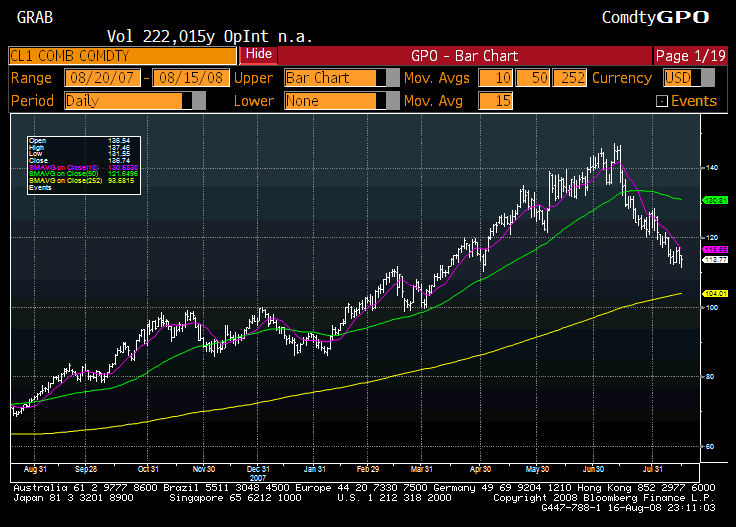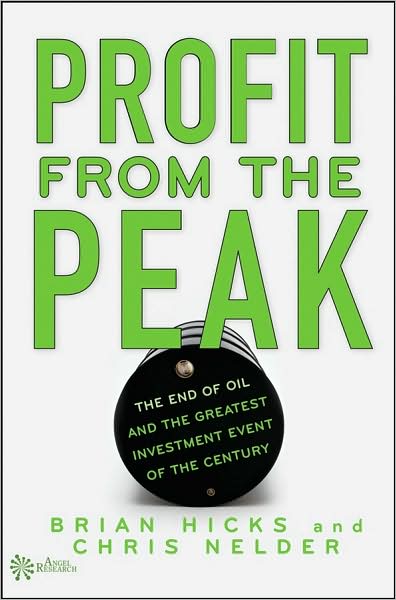Finance When You Can, Not When You Have To
“Get financing when you can, not when you have to.”? Warren Buffett said something like that, and it is true.? My biggest early investment loss was Caldor, which Michael Price lost a cool billion on.? A retailer that could not hold up to Wal-Mart, Target, and Sears, Caldor expanded in the early 90s by scrimping on working capital.? Eventually a cash shortfall hit, and their Investor Relations guy said something to the effect of, “We have no financing problems at all!”? The vehemence cause the factors that financed their investory to blink, and they pulled their financing, sending Caldor into bankruptcy, and eventually, liquidation.
Caldor had two opportunities to avoid the crisis.? It could have merged with Bradlees and recapitalized, leaving it stronger in the Northeastern US.? It also could have done a junk bond issue, which was pitched to them eight months before the crisis, but they didn’t do it.? In the first case, the deal terms weren’t favorable enough.? In the second case, they thought they could finance expansion on the cheap.
Caldor is forgotten, but the lessons are forgotten today as well.? Today, overleveraged financial companies wish they had raised equity or long-term debt one year ago, when the markets were relatively friendly and P/Es were higher, and credit spreads were lower.
I know I am unusual in my dislike for leverage in companies, but on average less levered companies do better than those with more debt.? Caldor went out with a zero for the equity.? A few zeroes can really mess up performance.
Capital flexibility has real value to good management teams.? I don’t mind exess cash hanging out on the balance sheets of good firms.? Hang onto some of it, and maybe during a crisis you can buy a competitor at a bargain price.
But for the financials today, who has the wherewithal to be a consolidator?? Most of the industry played their capital to the limit, and are now paying the price.? Either the door is shut for new capital, or they are paying through the nose.
I don’t see anyone large who fits that bill of being a consolidator.? Maybe some of the large energy companies that have been paying down debt would like to diversify, and buy a bank.? Hey, feeling lucky?!? Lehman Brothers!
Look, I’m being a little whimsical here, but the point remains — run your companies with a provision against adverse deviation.? Be conservative.? For those that invest, avoid companies that play it to the limit, unless you are an investor with enough of a stake that you can control the company.







